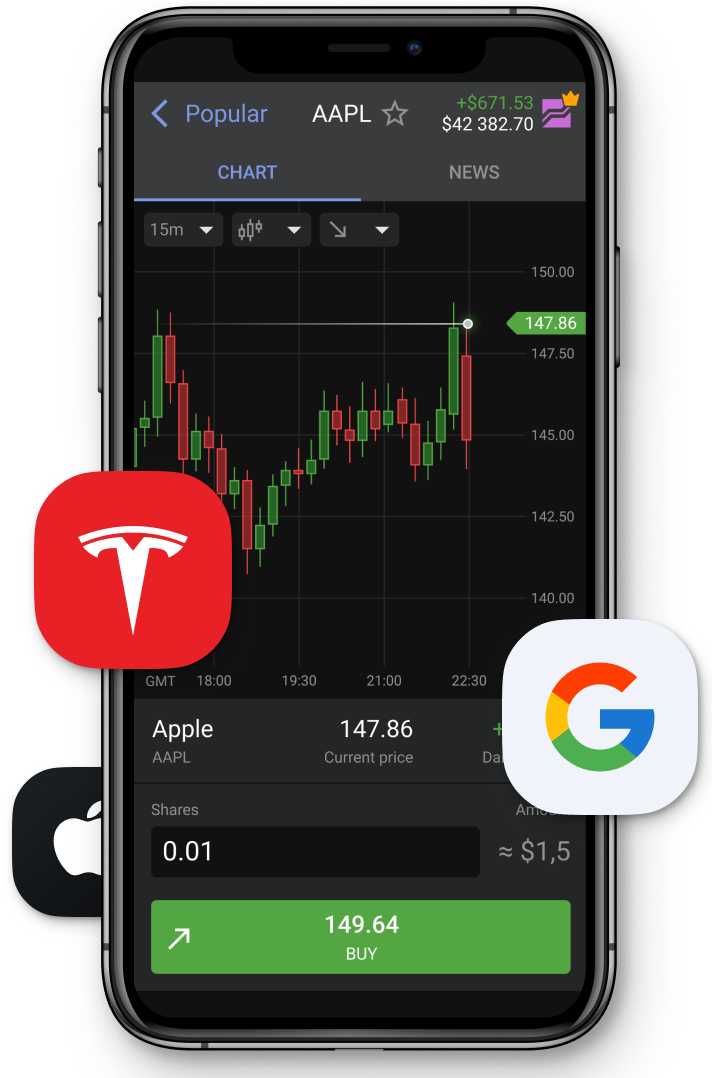With geopolitical tensions in the Middle East reaching a fever pitch over the past month or so, oil and gold have been somewhat hogging the spotlight amid relatively flat equities trading. However, after what Trump has dubbed "the 12-Day War" came to an end on 24 June, US stocks found renewed growth, and the country's two biggest indices, the S&P 500 and Nasdaq 100, have now hit new all-time highs after nearly five months below their previous high. At their current levels of $6,263.26 and $22,864.91 as of 10 July, the two flagship indices are now up 22% and 31%, respectively, from their post-Liberation Day lows, and things are looking up for stock market investors.
However, the Federal Reserve insists on taking it slow on much-needed rate cuts while Trump has not only failed to reach trade deals with major partners but has even threatened additional sanctions on key allies like Japan and Canada. Despite extending his tariff deadlines from 9 July to 1 August, it's unclear whether stocks will be able to gain a foothold above this new all-time high before negative news starts to weigh on prices. In this piece, we'll consider all these factors and more as we attempt to assess where the market could be headed in the short-to-medium term.
Interest piqued?
Ever since the rapid rate increases of 2022 in the face of runaway post-COVID inflation, investors have been waiting with bated breath for a return to more familiar interest rate territory. After reaching a peak of 5.5% in July 2023, the Fed Funds Rate has only come back down a single percentage point to 4.5%, and we're yet to see any cuts at all in 2025 despite frequent calls by both market participants and the president himself. The minutes from the central bank's June policy meeting, released on 9 July, revealed that most Fed policymakers are in favour of cutting the cost of borrowing this year, but few would be willing to begin the softening process in July. This comes after the New York Fed released its June 2025 Survey of Consumer Expectations, which showed one-year inflation expectations down 0.2% and the perceived unemployment risk 1.1% lower. Meanwhile, the May CPI showed a slight uptick in year-over-year inflation to 2.4%, but this is expected to reverse when the June numbers are released later this month in light of falling geopolitical tensions and subsequent progress in US-China trade negotiations.
The latest minutes show that Fed Chair Jerome Powell and several other Fed members are adopting a wait-and-see approach until more is known about the extent and impact of Trump's tariffs on inflation before committing to cut. The CME's FedWatch tool has the current probability of no rate change at the next meeting at over 93%, but by September, it assesses the likelihood of a minimum of a 25 bps cut at over 72%.
Duties call
Trump made headlines for all the wrong reasons with his 4 April Liberation Day tariffs, which saw double- and even triple-digit levies announced against some of the US's closest and most valuable trading partners, including Canada, Mexico, and the People's Republic of China. The majority of these were ultimately postponed to allow for trade negotiations to take place, but that 9 July deadline just passed, and — in stark contrast to the 200 treaties promised — Trump has only managed to conclude three trade deals, namely with China, the United Kingdom, and Vietnam.
Having now extended this deadline to 1 August in the hope of being able to add the European Union and India to this list, the looming prospect of "reciprocal tariffs" on around 50 nations remains ever-present. And if this wasn't worrying enough, Trump has announced even more punitive levies in the intervening period, including up to 50% on Brazilian goods, 25% on Japanese and South Korean imports, and up to 40% on items arriving from South Africa. As many have argued, it is possible that these are just "art of the deal" negotiation tactics, but one does feel that at some point, Trump will either be forced to actually impose these measures (albeit temporarily) or lose a huge amount of face in the eyes of the international community. Either one of these outcomes would have serious implications for the US economy, either in the form of reduced competitiveness of US companies that rely on such imports or reputational damage, calling into question US hegemony.
Trade US stocks and more CFDs with Libertex
With Libertex, you can trade a wide variety of assets through CFDs, including stocks, indices, and ETFs, all the way to metals, energy and even crypto. Choose from major indices like the S&P 500, Nasdaq 100 or Dow Jones Industrial Average, as well as a range of individual stocks and targeted ETFs. For more information or to create an account of your own, visit www.libertex.org today!






